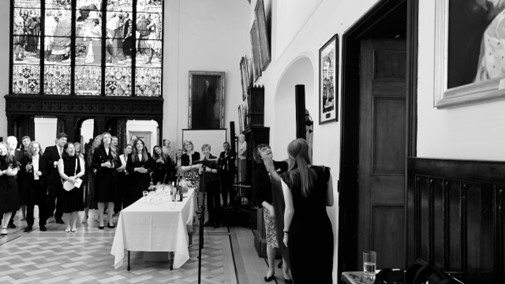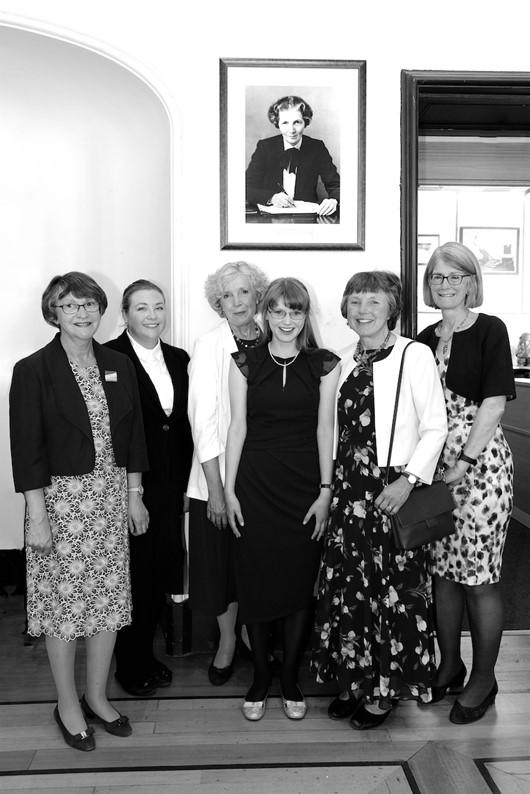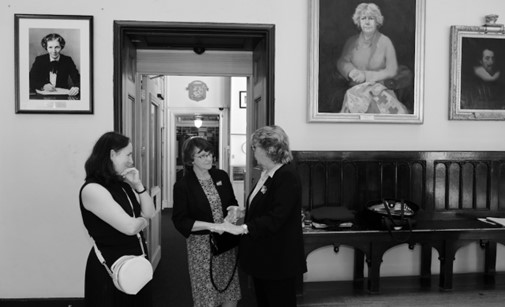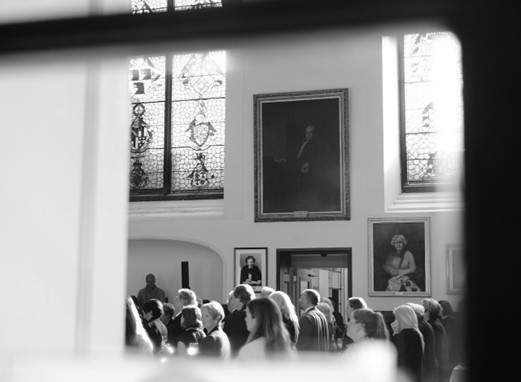Introduction by Ann Inglis: Reception to mark Centenary of Margaret Kidd’s calling in 1923

After my words we will unveil a picture of Margaret Kidd. Then Laura Dunlop and Emma Boffey will make a presentation. They will thank many people but not themselves. They have put in a huge amount of work to make this evening happen, as has Jane Condie (and I’m sure they will thank her). Let’s thank them now. (applause)
It has been a delight and a privilege for me to work with all three of them. Their presentation is 0 – 121 practising female advocates. Doesn’t seem a very fast acceleration in 100 years.
We are here to celebrate a centenary and, clearly, nobody here can remember that far back. It is also to celebrate what has come after, down the years.

It’s 1923 and a young Margaret Kidd makes history. She is called to the Bar – the 1st woman advocate in Scotland. To date 255 women have followed that path. I was the 13th.
At the turn of the year I went with my friend Janette Wilson on a walking tour called “Inspiring Women of Edinburgh.” (I think we went to see if we would get a mention!) It was mostly (but not exclusively) about the fight by women to get into medicine. We stood outside Parliament House and were told about the women who brought a case to be allowed to sit the exams required to qualify as doctors. We were told they had spent so much time on the preparation for the case that they failed their exams. The woman leading the group was about to move us on. I just couldn’t let that happen, so I told them about Margaret Kidd and how she had become the first woman advocate in Scotland in the very building outside which we stood.
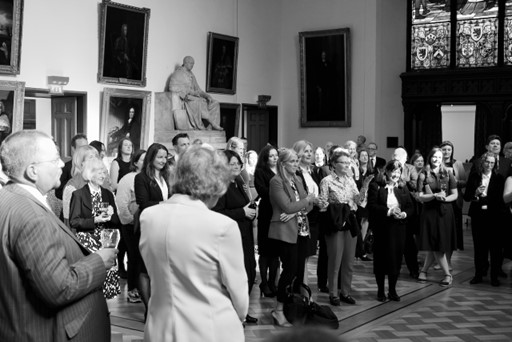
I want to mention 4 (well, 5 really) of the 255 women.
Firstly, Hazel Cosgrove. She called in 1968 and was No. 11. She was not allowed to practise as Mrs. Cosgrove and so called as Miss Aronson. She wore the collar and bow tie.
(I must have been a rebel because I dispensed with the collar and bow tie and was allowed to practise as Mrs. Inglis 7 years later.)
Hazel had a highly distinguished career and became the 1st female Senator in 1996. She became Lady Cosgrove but it was only the evening before her installation that it was decided she could be addressed as Your Ladyship and not Your Lordship.
(At this point Lady Dorrian was shaking her head. I said: Leeona, are you shaking your head because I got this wrong? In fact she was shaking her head because I’d got it right.)
I count Hazel as a friend of over 50 years. She, and her husband John, now live in Israel. She sends her apologies and her warm good wishes for this event.

Secondly, Isobel Anne Poole. She called in 1964 and was Number 10. Sadly, because of increasing ill-health and frailty, she is not able to be here. I visited her and we reminisced about those far-off days in the 1970s. She remembered that Caroline McNaughton, who was Number 8, had been called “The Persian Princess.” That was because she had worn exotic perfume.
Isobel too sends her apologies and good wishes for this evening.
None of the women who called before Isobel is still alive and so, with Hazel and Isobel not able to be here, Laura designated me the “senior stateswoman.” Not sure what I think about that title!
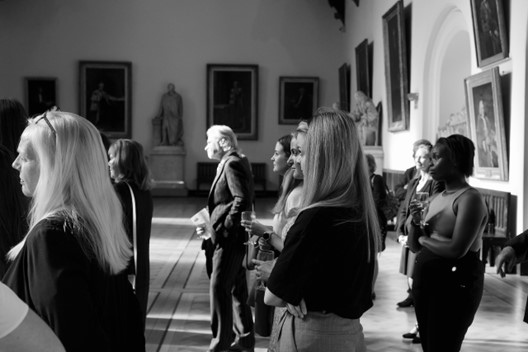
So … to Isabel Sinclair. She was number 2 and called in 1949 – 26 years after Margaret Kidd.
I knew Isabel a little when I was in practice but it was late in her life that I came to know her well. She had been in hospital and needed a home help. Her home help was a member of my congregation. She told Isabel one day that her minister had been an advocate and Isabel said: “That will be dear Ann.”
Isabel was a great character. She wore bright red nail polish in Court. How dared she? (She never dared wear trousers!) I spent a fair bit of time with her going out for meals and other outings. We had lots of laughs. I was privileged to conduct her funeral with Nigel Thomson and he and I got some laughs into that too. At the end of the part he did, he told of how, when she arrived at events, people would say: “Oh good, Isabel’s here.” He was confident that the same would happen in heaven.
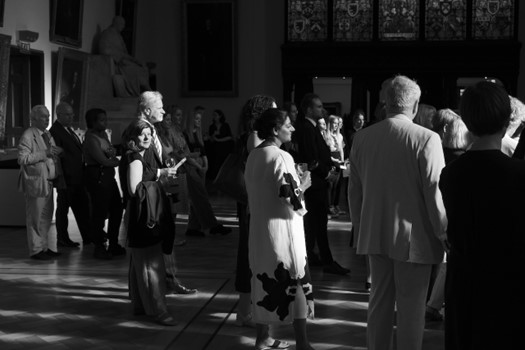
And so to Margaret Kidd – number 1
When I was devilling and in practice she regularly came into the Advocates Library and walked up the corridor to the National Library. She still had borrowing rights. In those far-off days the gown room used by the women was a very small room downstairs opposite the cells of the High Court. It has been described as really awful but I have fond memories of that little room. We didn’t gather there because there weren’t enough of us to gather! Sometimes I would find Margaret there. I don’t think I ever called her Margaret and I was too much in awe of her to ask why she was there. Looking back I find it interesting that she wanted to keep coming back to Parliament House. She must then have been about my age now. So, watch out – you may find me in your gown room! The fact that I was in awe of her says far more about me back then than it does about her as she was unfailingly kind and supportive. She said to me one day: “I don’t think it’s much easier for you girls nowadays than it was for me.”
It wasn’t easy. I think the small number of us meant it wasn’t easy. All of us from those early days were inspired by Margaret and I hope that women at the Bar today still feel her influence, but it was special for those of us who knew her personally.
The 5th woman is Susan O’Brien. She has produced an essay about Margaret which I commend to you. It has lots of information about Margaret, who Susan knew from childhood. It is a scholarly work with footnotes, but, for me, it’s much more than a scholarly work. It’s a labour of love and shows the woman of whom I was in awe as a warm, loving, gentle – and, oh so determined, woman. We owe a debt to Susan. Thank you.
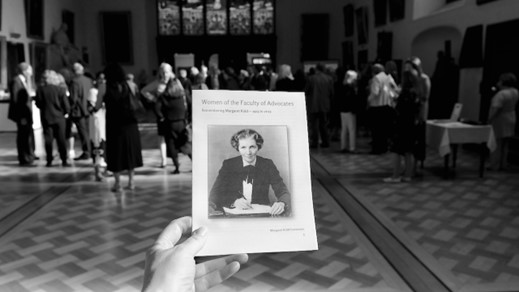
And so to the picture. It’s a photograph taken in 1948 when Margaret took silk and it was taken in Heriot Row. What we have is a scanned version of the original, which is in the National Portrait Gallery in Queen Street. It has been enlarged and framed. An identical picture will be hung in the Supreme Court, where there is currently no reference to Margaret Kidd in their exhibit marking 100 years of women in law. How good it is to have one here where she practised.
It’s a great pleasure for me to be joined to unveil it by Victoria who is Margaret’s great granddaughter. How lovely for us to unveil a picture of an inspiring woman – advocate, wife, mother, grandmother and great grandmother.
Let’s drink a toast first:
Senators of the College of Justice, ladies and gentlemen, I give you Dame Margaret Kidd Q.C
